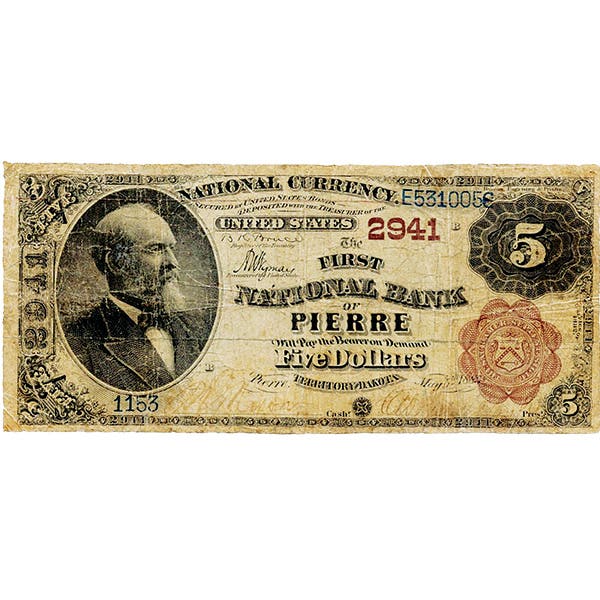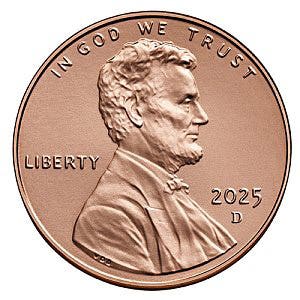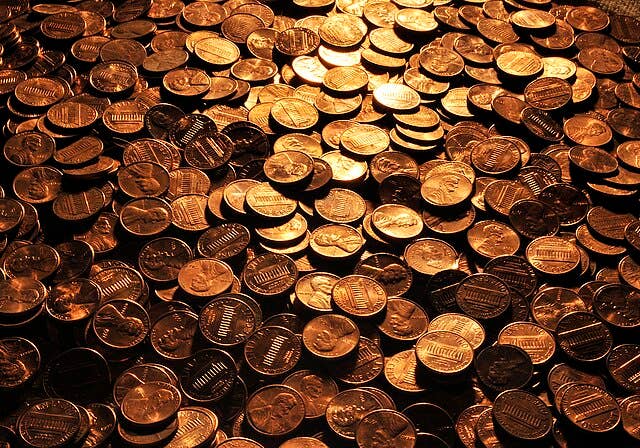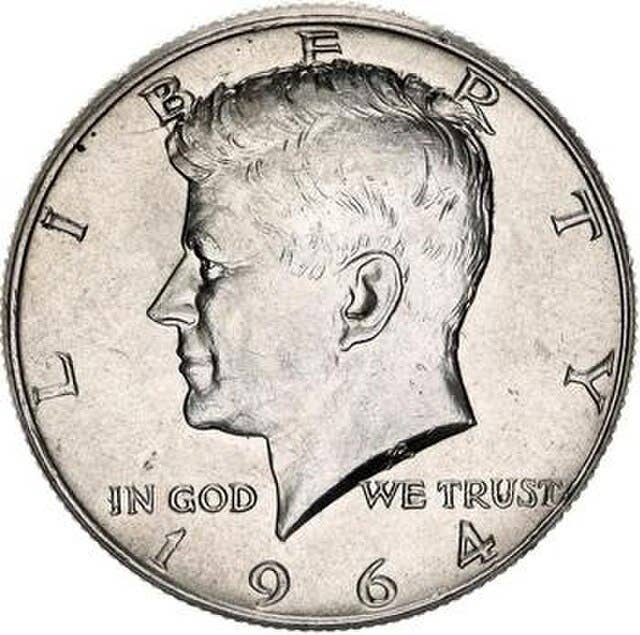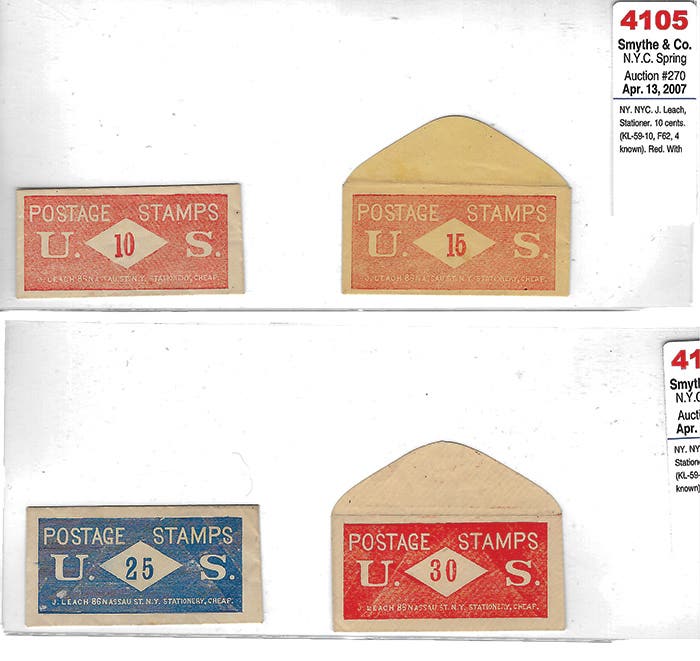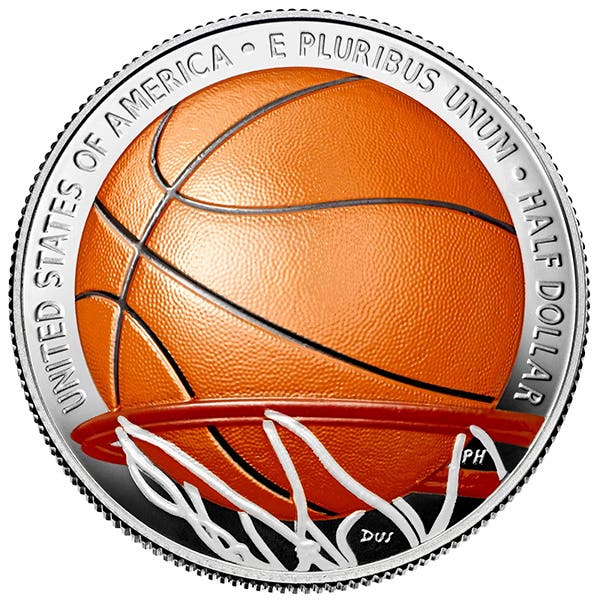Letters to the Editor (October 2, 2018)
Palladium Eagle Sellout and dealer offer upsetting I’d like to let you know, which I couldn’t at the time of my previous email last week, but the good folks at…
Palladium Eagle Sellout and dealer offer upsetting
I’d like to let you know, which I couldn’t at the time of my previous email last week, but the good folks at a dealer that starts with an A and ends with an X notified me today that I could acquire one of the new 2018 palladium proof coins for a price of $3,300 to $3,400!
Imagine that.
I’ve heard of dealers needing to make a profit, but really, this?
This is why the Mint needs to do something to stop all the nonsense for the true collectors and customers we are, and have been. Time and again this continues to happen. To say I’m disgusted is the polite way; you couldn’t print what I really feel.
Name withheld
Coin suggestions raise questions in reader’s mind
In response to a letter from Bill Tuttle, “Three cent piece confusing,” in the Sept. 4 issue, concerning my idea for a three- cent coin, I’d like him to know I found a cool coin from the Philippines that has a hole in it.
The 5 sentimos is about 16.5 mm, perfect for a three-cent coin, so no confusion. It has a line on the edge similar to the euro two-cent coin as well. As for his comments concerning a $2.50 coin over a $2 coin, and a $10 coin with 40 percent silver, I wouldn’t squabble over the $2.50 denomination or the $10, but I want to ask Mr. Tuttle an honest question about each. I work at Wal-mart, and on my break, I sit and watch people checking out thinking about different denominations and how they would be accepted.
Coins and paper money serve two purposes… spending and being given back in change. The first is no issue. The second is a little more sticky. Half dollars don’t get used much. I wouldn’t spend one because you never get them back in change, even though I would gladly accept one. Clerks either buy them for themselves or simply leave them in the drawer and turn them in at the end of their shift.
So my first question concerning the $2.50 denomination: I can easily see them being spent, but how do you envision them being given back in change? I would accept them, but people are very stubborn and afraid of change.
My second question concerning the $10 denomination with 40 percent silver is, don’t you think people would hoard them rather than spend them due to the silver content regardless of how little it may actually be? And if they spent them, would clerks offer to give them back as change? If I see an unusual denomination sitting in the register drawer, I will ask for it in change. Gold dollars, half dollars, even the occasional Ike. I’d be interested in how you see this.
P.S. I finally found a Mnuchin dollar.
Wayne Pearson
Union City, Ind.
Fake Morgan dollar weighs much less than genuine
A person I know gave me a coin to look at. It is, or looks like, an 1879 (P) Morgan dollar. It would fetch a grade of about MS62. However, something about it just didn’t look right. The first thing I did was weigh it, and it is well over 5 grams underweight. The second suspicious feature was the lettering, especially on the reverse; the letters are heavier and thicker when compared to an 1880-O Morgan that I have.
The third suspicious item was the surface. Even though the detail was crisp and sharp, the whole coin had a dull look to it, no mint luster as would usually be seen on an MS grade coin, and the entire surface had a grainy appearance when viewed through my loupe.
I am convinced this is a copy of some sort, but it makes me wonder. 1879 is one of the most common dates – why would someone go to such lengths to fake a common date? Or perhaps it was made as a token for a business?
I was curious if you had any information or knew of other examples of this “coin.”
Daryl Conley
New Mexico
Editor’s Note: “Chinese counterfeiters are making coins like this 1879 and other common dates because they are probably using a base metal to start with and the profit comes in selling it as silver. It is a good thing you have sharp eyes. Thanks for letting me know.” This is the text of an email response to the Morgan inquiry. Below is another email from several days later.
I took it to a coin and jewelry dealer today, and they determined it was made of nickel, zinc, copper and iron.
Daryl Conley
Design changes will keep rolling along in future
I got to thinking the other day about what our coins will look like in 10 years or in 20 years, and I came up with some predictions. As we all know, Lincoln replaced the Indian Head on the penny in 1909 with the Wheat-ears reverse. That design lasted 50 years, until 1959, when it was replaced with the Lincoln Memorial design, which also lasted 50 years until the Shield design took over in 2010, with the 2009 commemoratives in between.
The point is, my guess is that the Shield design will probably stick around for 50 years as well, until 2059 (if there even is still a penny then). With the dime, I’m sure there will be a design change soon, considering, they’ve stuck with the same design for 72 years now. I’m guessing they’ll keep Roosevelt, but I foresee a change in at least the reverse.
The quarter, on the other hand, we know will have a big change coming up. We know that the America the Beautiful quarter series will be over in 2021; therefore, we know that there will either be a new series or a completely new design for the quarter in 2022.
If they do launch another state quarter series, which I’m sure they will, I propose an Important People series commemorating different important people from each state, such as the Wright Brothers for North Carolina, or Martin Luther King Jr. for D.C. Or perhaps an architectural series, to honor important architecture in each state. For example, the Golden Gate Bridge for California, or the Liberty Bell for Pennsylvania. Another idea for the quarter, the half dollar, or the dollar coin (or possibly all three), would be to do a bimetallic design like the euro. I believe it would attract a lot of new young numismatists, or even adult numismatists, to the hobby who find one in change and think it’s interesting.
While I don’t know much at all about bullion, after reading the article about Goloid in the latest issue of Numismatic News, I couldn’t help but think that the Mint should consider a Goloid or Electrum bullion, just a thought. At this point, there’s no way to know the future of our coin designs, but it’s always fun to think about it.
Ari Kaufman
Address withheld
Shrink half dollar by half to match smaller dollar coins
Currently the mint(s) have been producing Kennedy half dollars only for collectors and selling mainly rolls and bags at a premium.
Even though a few do manage to get out in circulation, there have been very few available for those who do not have the finances to afford a roll or bag for their collections.
This writer thinks there is a reason why the JFKs haven’t circulated as part of our coin and currency system. They are too big!
When the government reduced the size of the dollar coin, they didn’t do the same for the half dollar. Therefore, the half dollar was bigger than the coin twice its value.
Also, the vending industry made no exceptions for depositing a whole 50-cent piece for whatever a machine is vending. Some vending machine companies modified, or made new, machines to accept the smaller dollar.
And the quarter coin became the “workhorse” coin of vendors. The half dollar coin fell into dislike for circulation and became a no-longer-wanted coin, except for collectors.
So, why didn’t the government reduce the size of the half dollar coin when it shrank the dollar? Nobody really knows.
Traditionally, the half dollar has been half the size of the dollar, which was patterned after the Spanish “Dollar” (8 reales).
Certainly the (then) new small dollar broke that “tradition,” and so why couldn’t the government break the “tradition” of producing a smaller half dollar coin, in perhaps a different composition than the copper-nickel “sandwich?”
The modern-day tradition seems to follow the euro, as many countries reform their coins to euro standards, and half a circulating “50-whatever” piece. Why can’t we do the same?
Or, better yet: collectors, release your duplicate Kennedys to circulation. I do when I have some.
It’s fun having to explain to a clerk who has never experienced a half dollar coin before.
Bill Tuttle,
Cleveland, Ohio
Address letters to Editor, Numismatic News, 5225 Joerns Drive, Suite 2, Stevens Point, WI 54481. All letters must be signed and include a return address. Numismatic News reserves the right to edit all letters. E-mail should be sent to david.harper@fwmedia.com. Include your city and state in
your email.
This article was originally printed in Numismatic News. >> Subscribe today.
More Collecting Resources
• Are you a U.S. coin collector? Check out the 2019 U.S. Coin Digest for the most recent coin prices.
• The Standard Catalog of United States Paper Money is the only annual guide that provides complete coverage of U.S. currency with today’s market prices.




